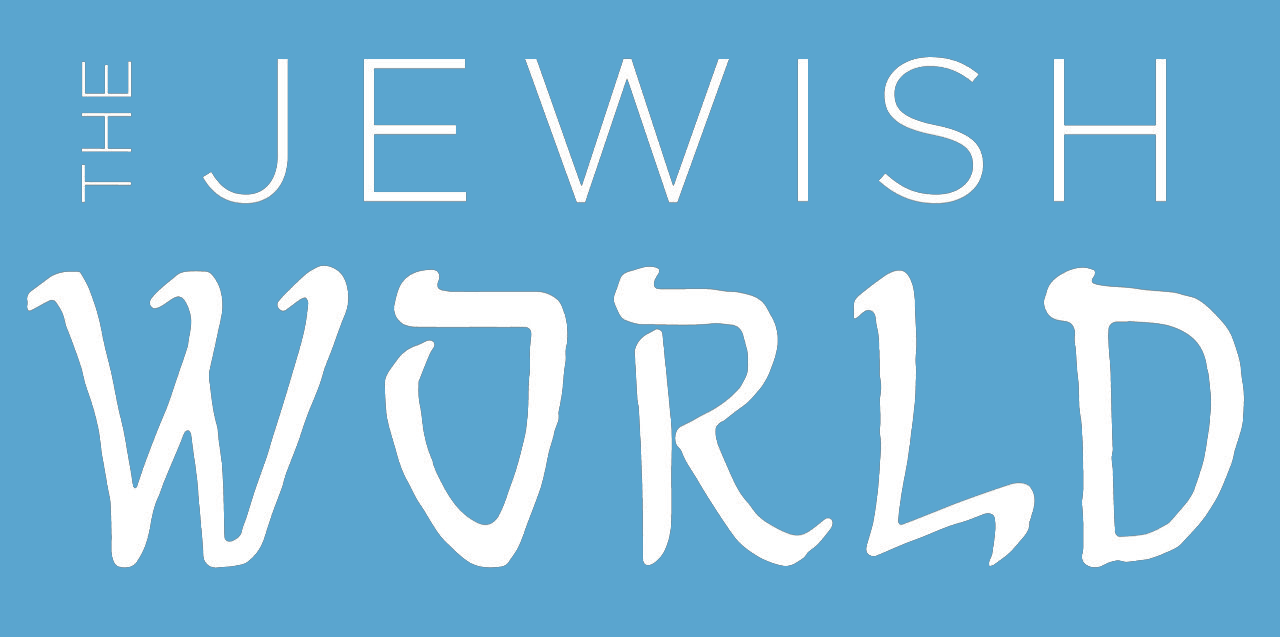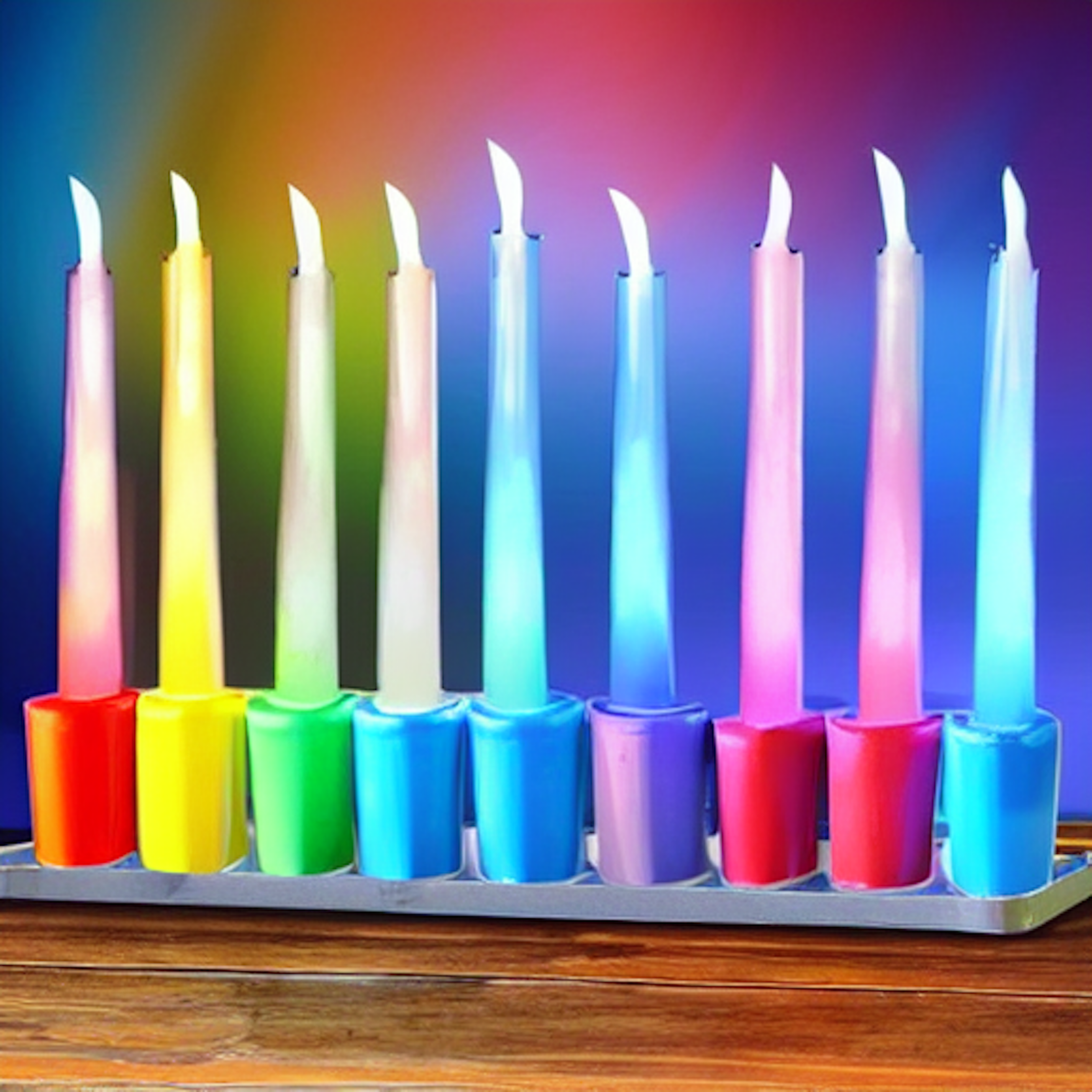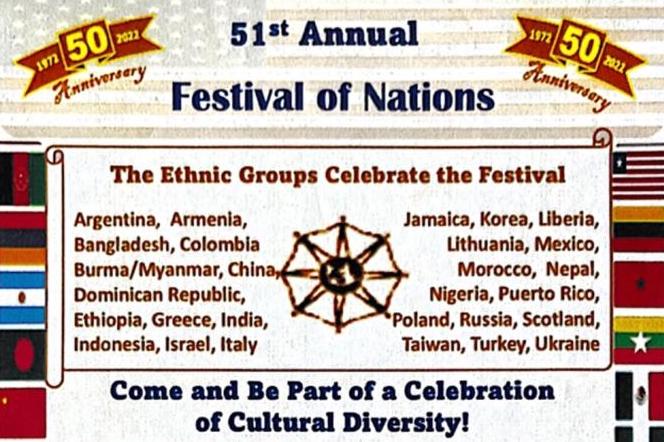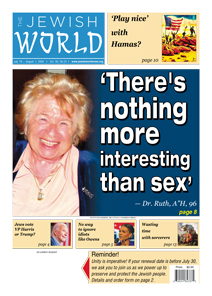A Thought For Each Night Of Chanukah
Based on the teachings of the Lubavitcher rebbe, adapted by Rabbi Israel Rubin, director of Chabad of the Capital District.
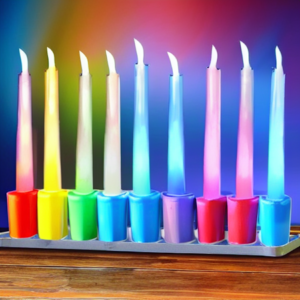
Chanukah image generated by artificial intelligence on replicate.com
1
One step at a time
All eight Menorah candle holders stand ready on the first night of Chanukah. But we light only one, leaving the rest empty. The next night we light two candles, gradually lighting all eight. But for now, we start with one. In light of the above: we constantly aspire to increase our Torah and mitzvot. After doing one mitzvah yesterday, we increase and do more today. But rather than jump to accomplish it all overnight, we learn to take a step at a time.
2
Growing vs. constancy
The sun and the moon determine our lifestyles. The sun is constant; the same big fiery ball appears every day in the sky. But the moon is always going through changes. It has its ups and downs; one day it is full, then it wanes, smaller and smaller. Yet even after it seems to have disappeared, it renews itself, and grows again. Even as we grow and change, we must retain our consistency.
3
Light and dark
In the beginning, “G-d said Let there be Light.” The reference here is not to actual physical light. This is actually the Divine Mission Statement. The ultimate goal and purpose of all creation is that the Divine Light should shine and transform everything, even darkness itself.
4
Making night day
The Talmud mentions: “We are day laborers.” This means more than ‘we quit at sundown.’ Symbolically, our mission is to spread light positively, rather than exhaust our energies negatively battling darkness. We do not eradicate or sweep away Evil and Darkness with a broom. By adding Light, the Darkness fades away.
5
Don’t let familiarity breed acceptance
Entering a room with no light, the man was overwhelmed by the darkness. “Don’t worry,” said his friend, “The darkness hits you only at first; soon your eyes will get accustomed to it.” “That’s our problem,” he replied. “Torah teaches us to distinguish between light and dark. Unfortunately, by becoming accustomed and accepting the situation, we begin to think of the darkness as light.”
6
Torah focus ups our power
Some complain that Halachic “restrictions” stifle their religious inspiration. On the contrary, the Torah’s strict rulings enhance our light, for without restriction, our initial inspiration can diffuse and dissipate. Like the concentrated Laser beam, the Torah’s focus restricts the light from going all over the place, intensifying it into a powerful beam.
7
Inner and outer
We light our Shabbos candles before dark, inside our home. By contrast, Chanukah candles are lit only after dark, at the window facing to the street. Shabbos candles illuminate us within, but Chanukah lights also illuminate the outer darkness.
8
Eight is beyond limits
Fond of light, The Baal Shem Tov said: “The Hebrew word for light is ‘Or,’ the numerical equivalent of ‘Raz’ (mystic secret) for inner Torah secrets illuminate our perspective.” (Hayom Yom Elul 6). We commemorate the rekindling of the Temple’s Menorah of seven branches, with our Chanukah Menorah of eight lights. “Eight” is not just the digit after “seven.” Symbolically, “Seven” represents the natural world, created in six days and completed on the Seventh, Shabbat, while “Eight” represents the supernatural Infinite. The seven-lamp Menorah illuminated the natural world, but Chanukah reflects the era of Moshiach, beyond limitation.
Before daybreak, at the end of the long dark night, we may tend to fall asleep. Let’s remain awake and aware for the dawn of Redemption.
